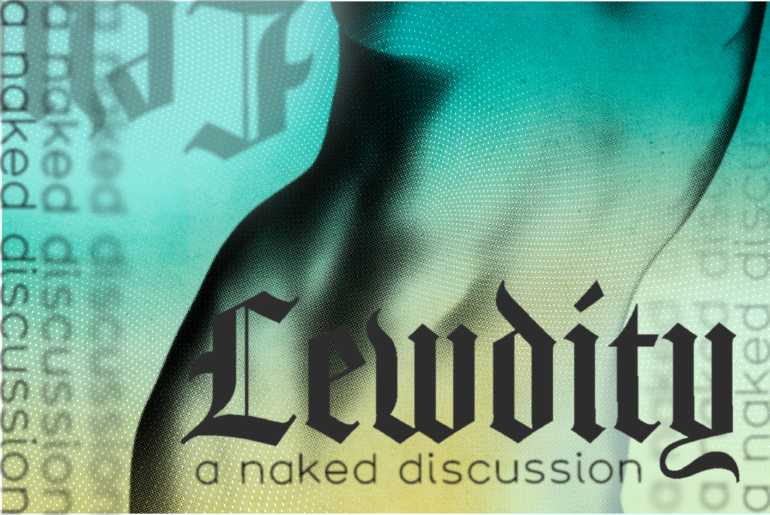When I tell people I’m taking a figure drawing course this quarter I receive mixed reactions. Lewd comments and jokes about how awkward it is, how funny it is to draw a naked model standing right in front of you, to look at a naked body for two and a half hours. They ask who the models are, if they’re hot. I respond that the models and their bodies turn to shapes and lines, studies of anatomy and form, not sex dolls. But this mere idea makes people giggle.
America is scared of nudity, or opposes nudity in a way other cultures, namely those in Europe, fail to understand. Nudity in American culture has always been matched with vulgar and uncouth behavior, associated with drug-riddled hippies and porn-stars paid off by the president. Nudity holds embedded associations with sex, pornography, and objectification. The nude form has largely been sold as a sexualized object first, and for artistic appreciation as an afterthought. When nudity is depicted as artistic, it is typically followed by the disclaimer that the nudity within art you see is entirely European.
I am not a nudist, however the ever-present threat of censorship within the arts demands a wider conversation surrounding American attitudes towards nudity in general. Recently, there has been a large push towards the eradication of nudity, sex, and sexuality teachings within the states. Namely, the controversy surrounding a principal in Florida forced to resign after showing a photo of Michealangelo’s Statue of David to 6th graders. Parents complained that the statute was ‘pornographic’ and demanded they be warned in the future. Ultimately, it was deemed that the teaching of this Renaissance art can not be forbidden, but then it follows that the teachings of modern and contemporary arts would not receive the same protections. Why is nudity in art more accepted because it comes from the classical world? Is it because they are not us? This is not an agenda set forth by students but parents and governments unwilling and unable to discuss nakedness outside of a sexualized conversation. Teaching children that bodies, puberty, and attraction should not be discussed at all. That it is private and deplorable to look and talk about sex and thus nudity in any context.
This is not a new conversation. The contention surrounding pieces like Manet’s Olympia and much of Klimt’s work in their time proves that. However, the controversy with those works surrounded largely around their social implications and subject matter rather than the fact that the models were nude. Other debates within the art world similarly center around concerns with the objectification and exploit of women rather than the pure nudity of them. These questions are entirely right to be brought to light but, the focus is the innate sexualization of figures as intended by the artist not the depiction of models unclothed.
The idea that a depiction of nudity is a precursor to sex, or implies sex, is not a fact, and art should not suffer at the hands of those who choose to sexualize it. We must not eliminate nudity from the public within the arts and teachings, especially when the study of nude forms is intrinsic to nearly every facet of the arts where people are concerned. The argument that nakedness inherently invokes pornographic thoughts is entirely misinformed. Environments where nudity is commonplace like locker rooms, life-drawing classrooms, and even nude beaches are not hyper-sexual locations.
The demonization of innocent nudity under the guise of protecting children and the public from inappropriateness needs to be addressed. We are seeing a large shift into a society that restricts art depicting sexuality and nudity outside of its original context. Restrictions that are often placed with the fear that these works will allow people to be comfortable within their own bodies and sexuality. Restrictions that are placed because our society cannot help but sexualize the media it sees.
When capitalism runs on the exploitation of insecurity, unspoken shameful pleasure, and oppression, it should come as no surprise that we are seeing a rise in book bans, drag shows, and depictions of our bodies.
Words by Iyla Feist.
Graphic by Gavin Bacher.

